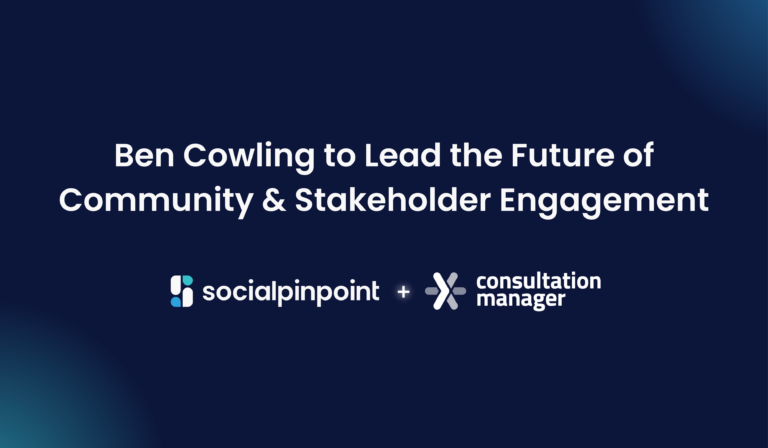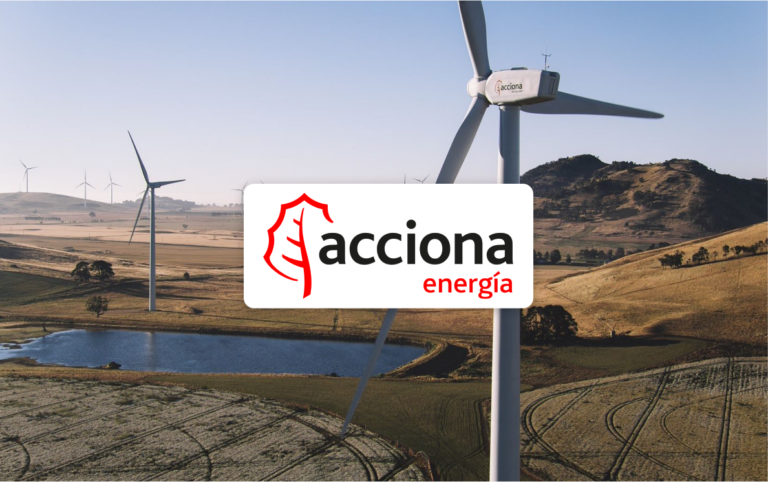Infrastructure projects play a crucial role in today’s society, driving economic growth, improving public services, and enhancing the overall quality of life. However, the success of these projects relies heavily on positive and effective stakeholder engagement. Despite the potential benefits, stakeholder engagement in infrastructure projects can be challenging.
Engaging with stakeholders throughout each stage of your project is essential for obtaining support, managing expectations, and mitigating risks that could otherwise lead to delays, cost overruns, and even project failures.
Infrastructure issues can arise due to conflicting interests, lack of communication, inadequate information sharing, and unaddressed concerns. These challenges can then lead to delays, public opposition, regulatory hurdles, and negative impacts on project timelines and budgets.
By incorporating a Stakeholder Relationship Management platform (SRM), infrastructure project teams can navigate these challenges successfully and ensure the timely delivery of projects while maximising positive outcomes for all key stakeholders involved.
In this article, we will explore three common stakeholder engagement challenges that are encountered in infrastructure projects and offer some practical solutions on how to overcome them.

Stakeholder Engagement Challenges for Infrastructure
Diverse Stakeholder Interests
Throughout your infrastructure project, regular communication with stakeholders is expected. Key stakeholders may include government agencies, community members, businesses, and environmental groups. However, effectively addressing each stakeholder group’s diverse needs and expectations can be challenging.
Imagine you’re involved in a highway construction project. Failing to acknowledge and address the concerns of local communities might ignite protests while disregarding environmental impacts could prompt environmental groups to take legal action against you.
Therefore, balancing these diverse interests is vital to ensure your project progresses smoothly while avoiding delays, conflicts, or legal issues.
Communication and Information Sharing
Since each stakeholder possesses their unique knowledge and understanding of the project, it is crucial to provide them with tailored information suited to their specific needs and level of understanding.
For example, some infrastructure projects may use technical jargon or complex concepts or terms. If you use this same terminology in your communications to stakeholders that are unfamiliar with such language, this could result in misunderstanding and confusion.
Across different infrastructure projects, stakeholders will also have different information needs. When constructing a new hospital, for instance, residents may be concerned about traffic, noise, and property values, whereas healthcare providers require details on design, equipment, and services. On other other hand, government officials may seek updates on timelines, budgets, and compliance while community organisations focus on accessibility and economic benefits.
You can align everyone’s understanding and ensure effective stakeholder engagement by providing tailored communications and context to the relevant group.
Managing Expectations and Mitigating Impacts
Infrastructure projects can have significant impacts on stakeholders, including potential disruptions to their daily lives, businesses, and the environment. Therefore, managing and mitigating these impacts while addressing stakeholders’ expectations can be a challenge.
Your stakeholders may hold high expectations for your project’s benefits, such as enhanced transportation, economic growth, or environmental sustainability. And, they may also be expressing concerns about potential drawbacks like increased noise, pollution, or property loss.
Successfully managing these expectations, addressing concerns, and implementing effective mitigation measures may require strenuous planning, proactive engagement, and collaborative efforts with stakeholders.
Therefore, having clarity on the level of influence of your stakeholders and how this might impact wider stakeholder groups and their expectations should be actively monitored.

Stakeholder Engagement Solutions for Infrastructure
Solutions for Addressing Diverse Stakeholder Interests
To address diverse stakeholder interests, it is important to conduct a thorough stakeholder analysis at the beginning of your project. This analysis supports you in identifying your key stakeholders, understanding their interests, and recognising potential conflicts.
Identifying these diverse groups in the early stages of your project and tracking their stakeholder activity will help you deliver more relevant and meaningful communications as well.
Consequently, this process cultivates a supportive atmosphere where stakeholders are encouraged to voice their concerns, ensuring their active involvement in the decision-making process.
To efficiently monitor and manage stakeholders, the implementation of a stakeholder relationship management software (SRM) system is highly recommended. Serving as a centralised platform, this system enables you to store stakeholder data such as contact details, roles, interests, and engagement history.
By consolidating all this data in a single location, project teams can conveniently access and modify stakeholder records using historical data, guaranteeing the accessibility of precise and current information.
Solutions for Enhancing Communication and Information Sharing
To effectively engage with stakeholders, you can tailor your communication strategies to each stakeholder group’s specific needs. This can be achieved by using plain language and visual aids to simplify complex information and enhance understanding.
In order to reach a wide range of stakeholders, it is important to establish multiple communication channels such as public meetings, online engagement platforms or tools, newsletters, and social media. With this selection of channels, you can provide regular project updates, including progress reports, milestones, and any relevant changes, to help keep stakeholders informed and engaged.
An SRM can be a valuable tool in this process. It allows for segmentation of stakeholders based on their specific interests and information needs. And by leveraging email and SMS tools within an SRM, project teams can tailor their communication and deliver targeted information to the right stakeholders.
When you actively listen to your stakeholders, you can minimise misunderstandings, reduce potential risks, and build further trust.
Solutions for Managing Expectations and Mitigating Impacts
It’s crucial to have access to ongoing stakeholder interactions in order to effectively manage and mitigate various aspects of a project or endeavour. By maintaining ongoing communication with stakeholders, you can stay informed about their needs, concerns, and expectations, allowing you to make informed decisions.
One key aspect of managing stakeholder interactions is the ability to assign tasks and follow-ups. Regular follow-ups serve as reminders to ensure that tasks are being completed as planned and that any challenges or obstacles are addressed promptly.
Implementing an SRM can streamline stakeholder management by centralising information, categorising stakeholders, tracking interactions, assigning tasks, and collecting feedback. For example, if a community organisation raises concerns about noise pollution during construction, the project manager can assign a team member to investigate and propose mitigation measures. The SRM system generates reminders for follow-ups to ensure timely actions are taken.
By assigning tasks to the appropriate team members or stakeholders, you can effectively distribute the workload, ensuring active involvement from each individual and efficient tracking of progress.
So, what happens when you add address diverse stakeholder interests, track and monitor interactions, and effectively manage expectations and mitigate impacts? You’ll end up receiving better support from your list of stakeholders, minimise potential impacts or conflicts, make better-informed decisions, and ultimately ensure that your project is delivered on time and on budget.
Just by making these small changes with the implementation of a Stakeholder Relationship Management platform (SRM), you can make a big difference in how infrastructure projects succeed. This will effectively help boost the economy, improve public services, and make life better for communities.
If you’re looking to explore how an SRM can enhance your stakeholder engagement and help you overcome any stakeholder challenges you’re currently facing, please reach out to our expert team today.




